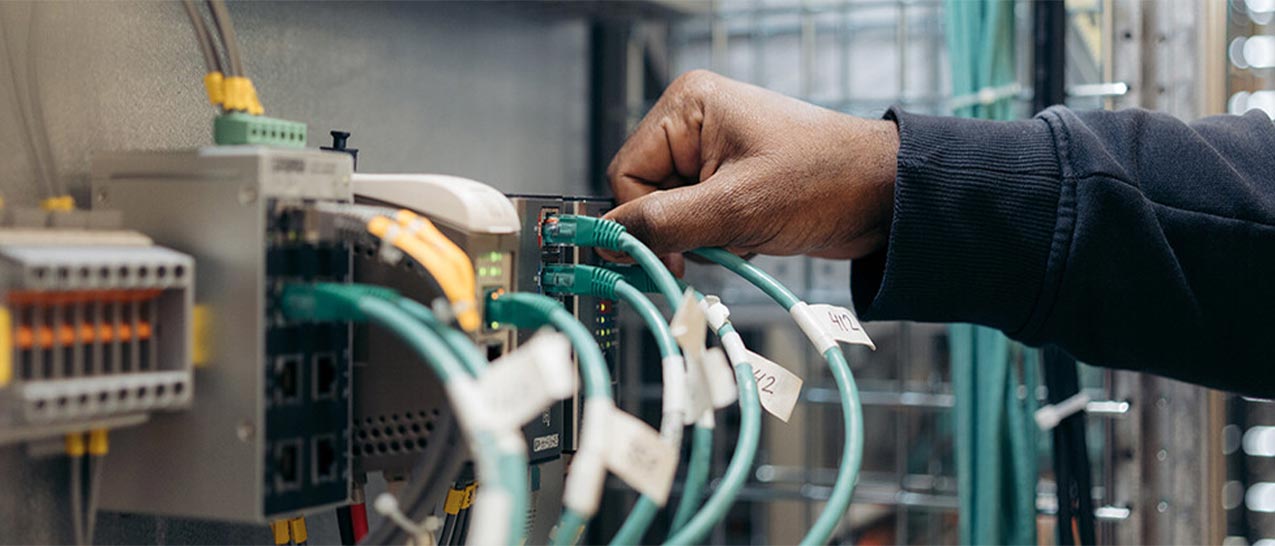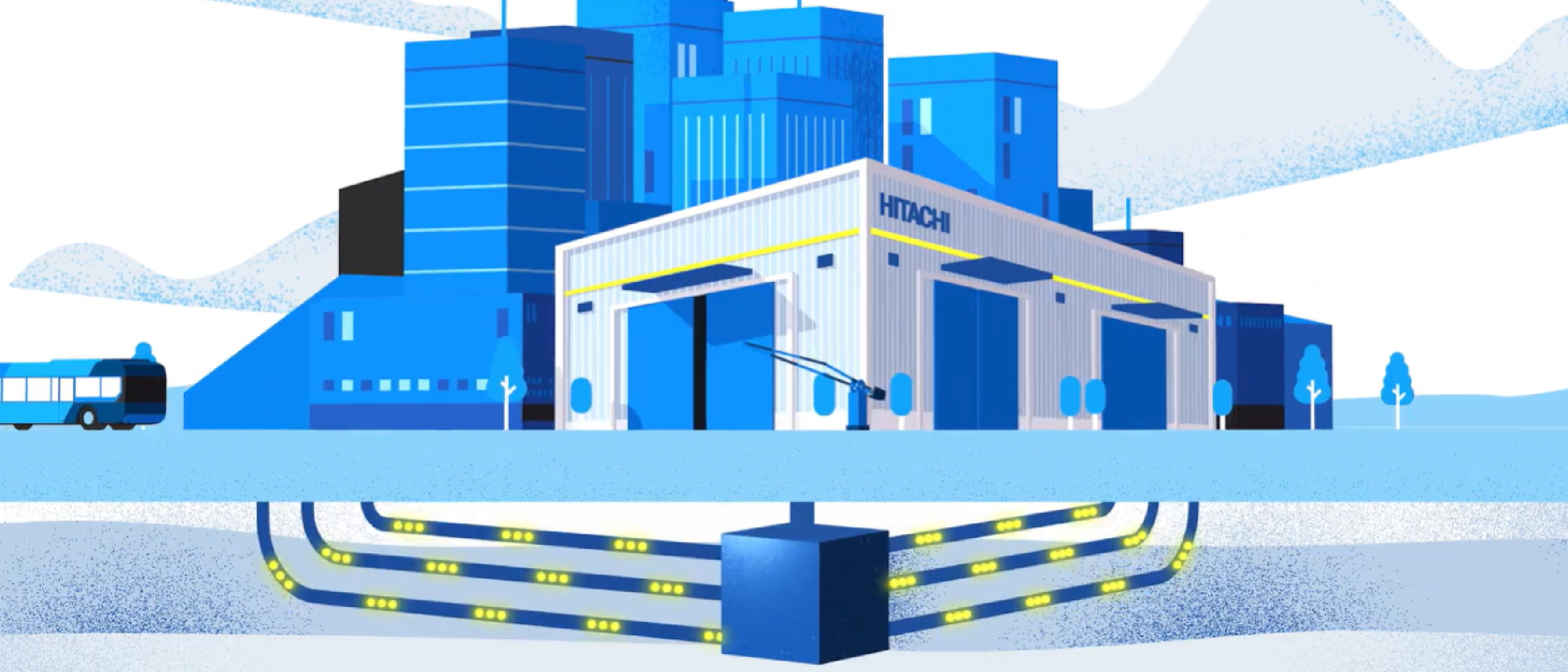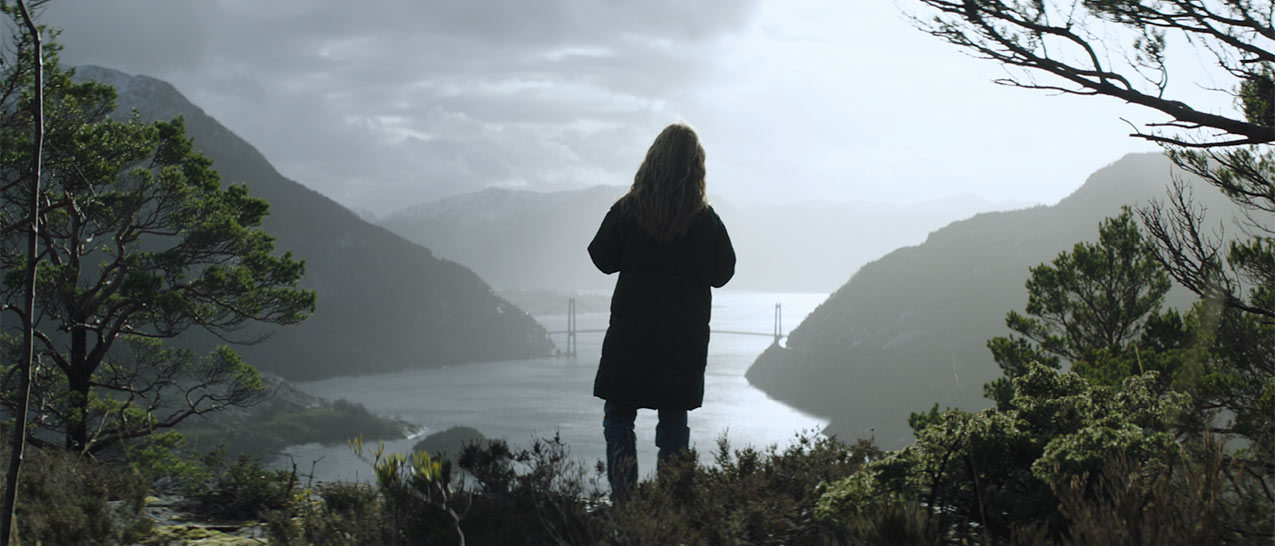

It's time to dial our energy efforts up to ten
By Alistair Dormer, Executive Vice President, Green Energy and Mobility, Hitachi Ltd
With global capacity of wind farms expected to increase tenfold by 2030, now is the moment to step up our efforts to produce renewable energy at scale and at speed.
The bottom line is that the world has got to move to electricity - which means doubling the size of the grid as a minimum. To do this we need to produce electricity in an environmentally friendly way and that requires an effective transition to wind and solar power. But the wind doesn't always blow, and the sun doesn't always shine so we need to build a smart, flexible grid which can power a better future.
Part of the solution to this challenge is more localised energy production - everything from PV panels on factory rooves to localised micro grids and the optimisation of energy by storing it during the night when demand is lower and using it during the day when demand is higher.
In a macro sense, we're also going to need a huge amount of energy to decarbonise society which is why people at Hitachi and beyond are busily developing the technology for the direct capture, removal, cleaning and conversion of CO2.

The tenfold increase in wind and solar power required to feed a future-fit energy system can only be a reality if we connect the dots and are able to successfully integrate renewables into the grid. This transition will need a huge amount of resource and industrial capability and we can't deliver that on our own. All the major nations on the planet share this ambition so working in isolation is simply not an option. At present the grid is effectively at full capacity so we need to build more public/private partnerships and we need to plan and work better with the global supply chain which as we know is under extreme pressure on the back of the pandemic and the conflict in Ukraine. To transition to where we are today to a tenfold increase in eight years is a monumental challenge.
For our part, we're involved in a number of major projects which are helping to turbo-charge the transition. A good example is the North Sea Link, the world's longest subsea interconnector, which is linking the UK and Norway and enabling the transition and sharing of green energy between the two countries. But if we want to increase capacity by tenfold then we need to build many more connections like this, right across Europe and beyond. And the ability to embrace emerging technologies like HVDC systems which allow us to pull power from one place or another is going to be critical.
With our global presence and expertise, Hitachi has a key role to play in developing a future-fit energy system. We're ready for the challenge ahead - will you join us?









